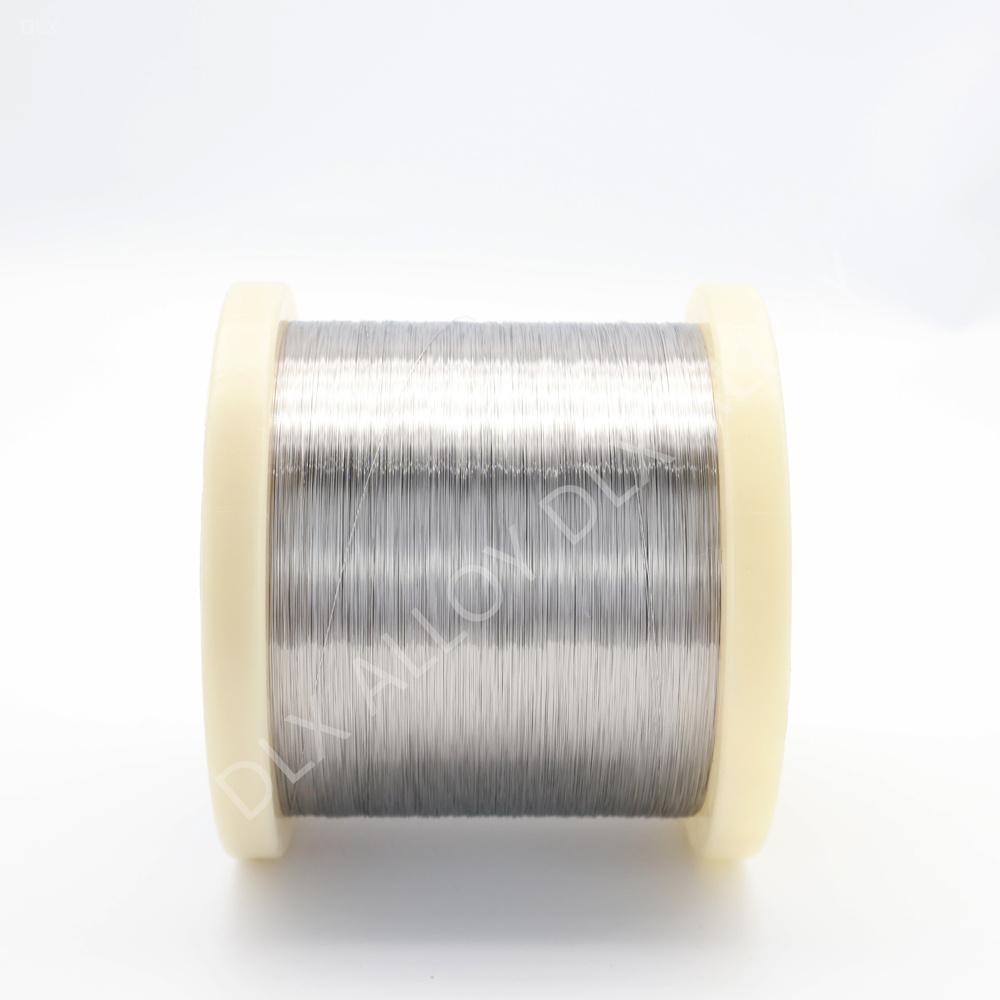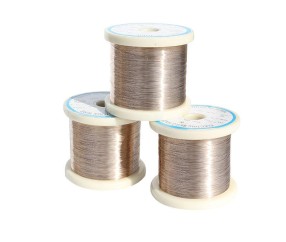The Comparision in Resistance Stability between FeCrAl and Nichrome
Release time:2025-12-08 Strike:1101 Inquire Now
Comparison Between FeCrAl and Nichrome

| Property | FeCrAl | Nichrome |
|---|---|---|
| Operating Temperature | Higher (up to ~1400°C) | Moderate (up to ~1200°C) |
| Resistance Drift | Slight drift at high temperatures | Very stable across a wide range |
| TCR | Higher (~50–60 ppm/°C) | Lower (~10–30 ppm/°C) |
| Oxidation Resistance | Excellent (due to Al₂O₃ layer) | Very good (due to Cr₂O₃ layer) |
| Environmental Durability | Less resistant to reducing atmospheres | More resistant to reducing atmospheres |
| Cost | Lower | Higher |
The resistance stability and variation of FeCrAl and Nichrome materials are critical considerations for their use in heating elements, resistors, and high-temperature applications. Here's an overview of their performance in terms of resistance stability and how they vary under different conditions:
1. FeCrAl (Iron-Chromium-Aluminum)
Resistance Stability:
High Stability at Elevated Temperatures:
FeCrAl exhibits excellent resistance stability at high temperatures (up to ~1400°C in air).This is due to the formation of a protective aluminum oxide (Al₂O₃) layer, which prevents further oxidation and material degradation.
Minimal Drift Over Time:
At moderate operating temperatures and under controlled conditions, FeCrAl resistance remains stable, with only slight changes due to grain growth or microstructural adjustments.
Resistance Variation:
Temperature Coefficient of Resistance (TCR):
FeCrAl has a relatively low but positive TCR, meaning resistance slightly increases with temperature.Typical TCR: ~50–60 ppm/°C (varies by specific alloy composition).
Long-Term Operation:
Prolonged use at extremely high temperatures can lead to:Gradual oxidation if the protective oxide layer is compromised.
Changes in microstructure (e.g., recrystallization or phase changes), causing slight resistance variations.
Environmental Sensitivity:
High humidity or corrosive gases (e.g., sulfur or chlorides) can damage the oxide layer, leading to increased resistance variation.
2. Nichrome (Nickel-Chromium)
Resistance Stability:
High Stability Across Temperatures:
Nichrome is stable at high temperatures (up to ~1200°C in air) and does not undergo significant resistance drift due to the protective chromium oxide (Cr₂O₃) layer.Very Stable at Moderate Temperatures:
Nichrome is known for exceptional stability in precision resistors and heating elements at moderate temperatures, where resistance variation is negligible.
Resistance Variation:
Temperature Coefficient of Resistance (TCR):
Nichrome has a slightly lower TCR compared to FeCrAl, making it more stable in applications where minimal resistance change with temperature is required.Typical TCR: ~10–30 ppm/°C.
High-Temperature Use:
Over long periods at maximum temperatures, Nichrome can exhibit slight resistance drift due to oxidation or changes in its microstructure.
Less prone to grain growth and phase changes than FeCrAl.
Environmental Sensitivity:
Better resistance to corrosive environments compared to FeCrAl, particularly in reducing atmospheres. However, sulfur and chlorine can still degrade the material over time.
Applications Based on Resistance Stability:
FeCrAl: Suitable for applications requiring high-temperature operation, such as industrial furnaces or heating elements. Its stability is sufficient for many uses, but slight resistance drift can occur at the highest temperatures or in harsh environments.
Nichrome: Preferred for precision applications, such as electrical resistors or heating elements in lower temperature ranges, due to its superior resistance stability and lower TCR.
If you need specific recommendations for an application or more detailed analysis, feel free to ask!
-
How to Apply for BIS Certificate India
Here is a clear explanation in English on how to apply for a BIS...
-

Alloy28 Stainless steel with 28% Cr and 3% Mo
🔧 UNS N08028 Stainless Steel – Overview and ApplicationsUNS N080...
-

Exploring the Applications of Resistance Wire: From Industrial Heating to Electric Vehicles
Resistance wire is a specialized material widely used in various...
-

How to Caculate the Nichrome80 Temperature
We’re super stoked about our Nichrome 80 wire, a go-to for high-...



